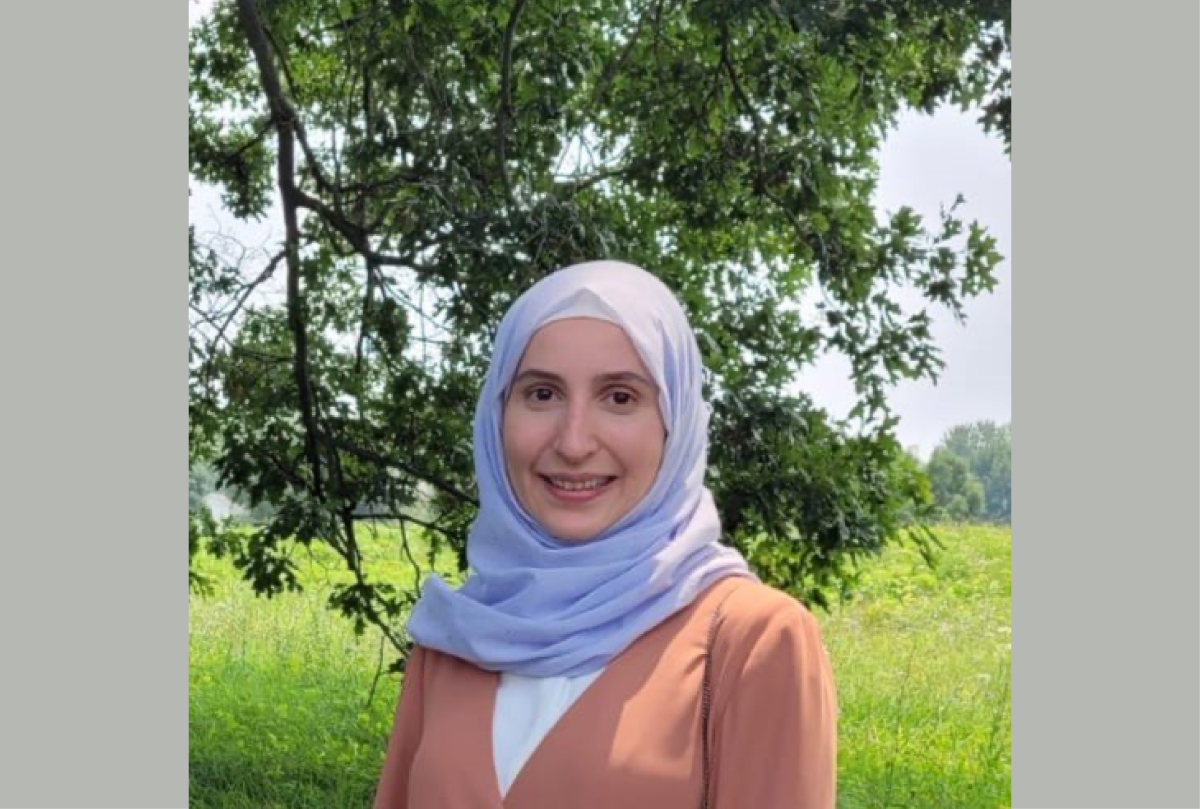CSpotlight: Finding my Niche Through Lab Work

Why did you choose to pursue a degree in Bioinformatics and Computational Biology specifically at the University of Minnesota?
The program seemed to be a perfect fit for me. The course requirements and the faculty members that we have the option to work with are top-notch. I did my undergrad in computer science then I got a Master’s degree in software engineering from Cleveland State University in Ohio. When I was looking for PhD programs, I found this bioinformatics program. I was interested in artificial intelligence (AI) applications in the medical field and worked on a few related projects during my master's. but I still felt like I lacked the biology background, which this program is helping account for.
How did you become interested in computer science? What are your specific interests within the field?
Starting in high school we had some programming courses. They were, I would say, not that advanced but I loved the idea of being able to build programs and the logic behind it. At that time, everyone was talking about different applications and different things you can do with a computer science degree. This is why I got interested in it. My specific interests in computer science are applying machine learning and AI in solving either medical or biological problems.
Congratulations on your Inter-Disciplinary Graduate Fellowship! How will this Fellowship impact your academic and extracurricular work?
I do have a full-time appointment as a graduate assistant that pays for everything and pays me a salary too. I was awarded an interdisciplinary fellowship, and that fellowship has helped me connect with Dr. Paoo Provenzano’s lab. I’m hoping that will help take my research to another level, using their expertise in what they do in my lab.
Tell us more about your research experiences.
I work with Dr. Meghan Driscoll; we study migration patterns and behaviors of cells and 3D environments. For that purpose, we adopt concepts from computer vision, physics, and mathematics to build computational tools for 3D cell analysis. These tools can help us, as well as other researchers, make sense of our data.
What do you hope to contribute to the computer science community at the University?
I am really interested in helping. I have been looking for teaching assistant positions. I love helping undergraduates specifically because they're more interested and keen on learning things; sometimes they just need a push to help them. I love teaching and using innovative teaching techniques to simplify concepts.
Have you been involved with any research on campus?
I’ve been working as a research assistant with Dr. Meghan Driscoll for the past two years. There are multiple stages in our work. Cells and 2D are very well studied. They're easier to analyze and to come up with conclusions on how different cells vary and how we expect them to behave in specific ways. When it comes to 3D, it is much more complex in terms of data structures if we're talking about that in computer science. We take microscopy images and we have methods to convert these into 3D models. Then the 3D models are very complex structures as graphs with hundreds of thousands of nodes and the edges connecting them. We try to come up with different ways that we can extract conclusions from these very complex data structures and compare them with each other. Especially since cells have very heterogeneous shapes and morphology even within the same type of environments.
What advice do you have for incoming computer science students?
This field looks very vast and overwhelming from the outside. For someone to expect to excel in all of their first courses would be very overwhelming at first. In the end, you are not expected to know the specifics of everything; you should probably choose a niche and focus on it. You’ll need to have a general idea of at least the most important areas within the field. You won't be expected to learn about everything right away. Just come in and try to learn about the process.
What are your plans after graduation?
I am planning a career in academia where I can teach and contribute to impactful research. That will probably require a post-doctoral position or two before moving to a faculty position.
Are there any additional experiences you did that you would like to highlight in the article?
I have been trying to work on my teaching experience. There is the preparing future faculty program through the University of Minnesota that has been a helpful resource. I have been taking courses with them that have helped train my teaching and have given me experiences where I can sharpen my skills.